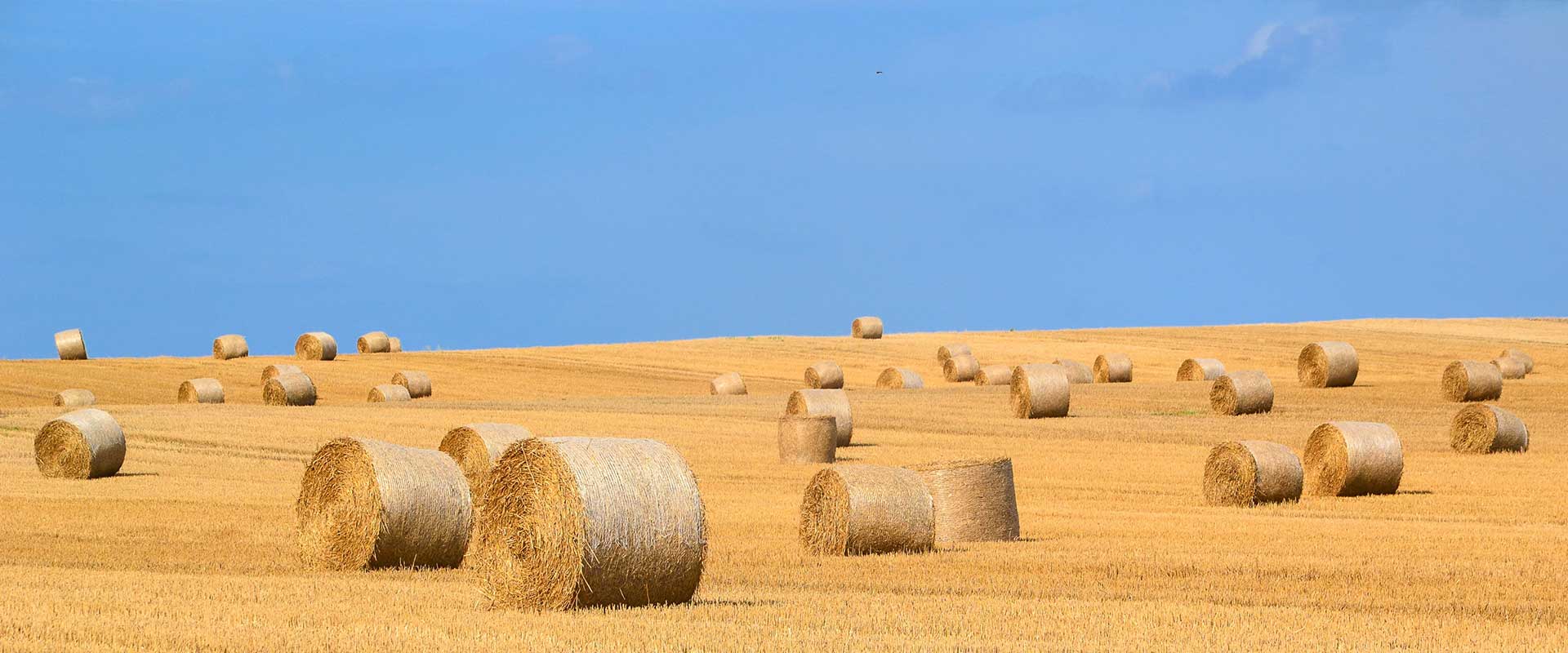Refinement of the Framework for Assessment of Recreational Water Quality
June 2021
Regional and city council staff now have a documented process to follow when faecal contamination is identified in freshwater, created by ESR researchers involved in the Faecal Source Tracking research project funded by Our Land and Water.
The framework in this report sets out a series of logical steps to help councils identify contamination sources when Escherichia coli (E. coli) recreational water quality guidelines are exceeded, and guides council staff toward what can be done to mitigate the contamination. It also shows councils what to do when the source of faecal pollution can’t be identified, or when actions to mitigate pollution don’t work.
For example, Tasman District Council was finding high levels of microbial contamination in a beach area. Various mitigations had been applied, but water quality measurements still exceeded guidelines. Following the framework, the council decided the logical next step was additional sampling to investigate historical sources of Escherichia.
The framework replaces previously informal, undocumented decision-making processes, and helps councils fulfil a requirement introduced by the National Policy Statement for Freshwater Management 2020, whereby they need to prepare an action plan when water quality indicators (such as E. coli) exceed criteria.
The framework includes a step-by-step guide to identifying the source of faecal contamination (Step 2); decision trees outlining steps for identifying human, livestock, avian and mixed sources of faecal contamination; and advice and additional tactics if the source of contamination cannot be identified. If interventions cannot be implemented or are ineffective, Step 3 provides a strategy for health risk assessments.
Scientists from eight regional councils, members of hapu and runanga, and community groups provided input on the framework, via case studies of faecal contamination scenarios. Between October and December 2020, feedback on the initial framework was sought via webinar with regional councils via the SWIM (Surface Water Integrated Management) special interest group.
Report for Our Land and Water
 View Our Strategy Document 2019 – 2024
View Our Strategy Document 2019 – 2024



